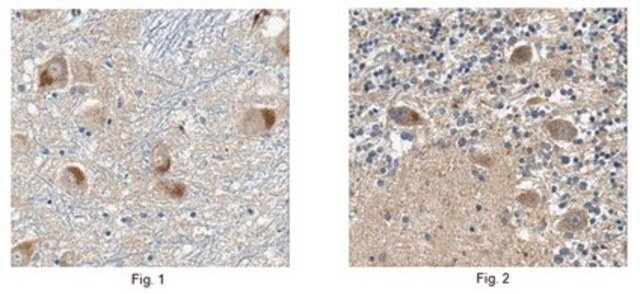SCC483
HCC95 Human Lung Squamous Carcinoma Cell Line
Human
Synonym(s):
HCC95 cell line;Human lung carcinoma cell line;Lung squamous carcinoma cell line;Hamon Cancer Center 95;Human lung squamous carcinoma cell line;LUSC cell line
About This Item
Recommended Products
Product Name
HCC95 Human Lung Squamous Carcinoma Cell Line,
biological source
human
Quality Level
packaging
vial of ≥1X10⁶ cells
manufacturer/tradename
Millipore
growth mode
N/A
technique(s)
cell based assay: suitable
cell culture | mammalian: suitable
cell migration: suitable
shipped in
liquid nitrogen
storage temp.
−196°C
General description
Application
- Each vial contains >_ 1X106 viable cells.
- Cells are tested negative for infectious diseases by a Human Essential CLEAR Panel by Charles River Animal Diagnostic Services.
- Cells are verified to be of human origin and negative for interspecies contamination from mouse, rat, Chinese hamster, Golden Syrian hamster, and nonhuman primate (NHP) as assessed by a Contamination Clear panel by Charles River Animal Diagnostic Services
- Cells are negative for mycoplasma contamination.
The HCC95 cell line is a human lung squamous cell carcinoma line, collected from a metastatic site of pleural effusion. Recent transcriptomic characterizations show that HCC95 show high similarity to the typical LUSC transcriptome.
Source
HCC95 human squamous lung carcinoma cells were derived from a 65-year-old male with NSCLC.
References
1.J Natl Compr Canc Netw. 2013, 11(6): 645–653 DOI: 10.6004/jnccn.2013.0084
2.Nat Rev Cancer 2014, 14(8): 535–546 DOI: 10.1038/nrc3775
3.J Thorac Dis. 2013, 5(Suppl 5): S463–S478 DOI: 10.3978/j.issn.2072-1439.2013.08.43
4.J Clin Oncol. 2010, 28(36): 5311–5320 DOI: 10.1200/JCO.2010.28.8126
5.Clin Can Res. 1999, 5(5): 991-1000
6.Nat Commun. 2019, 10(1): 3574 DOI: 10.1038/s41467-019-11415-2
7.J Cancer Res Clin Oncol 2010, 136(4): 493–502 DOI: 10.1007/s00432-009-0681-6
Features and Benefits
Storage and Stability
Other Notes
Disclaimer
Storage Class Code
10 - Combustible liquids
WGK
WGK 3
Flash Point(F)
Not applicable
Flash Point(C)
Not applicable
Regulatory Listings
Regulatory Listings are mainly provided for chemical products. Only limited information can be provided here for non-chemical products. No entry means none of the components are listed. It is the user’s obligation to ensure the safe and legal use of the product.
ISHL Indicated Name
Substances Subject to be Indicated Names
ISHL Notified Names
Substances Subject to be Notified Names
JAN Code
SCC483:
Certificates of Analysis (COA)
Search for Certificates of Analysis (COA) by entering the products Lot/Batch Number. Lot and Batch Numbers can be found on a product’s label following the words ‘Lot’ or ‘Batch’.
Already Own This Product?
Find documentation for the products that you have recently purchased in the Document Library.
Our team of scientists has experience in all areas of research including Life Science, Material Science, Chemical Synthesis, Chromatography, Analytical and many others.
Contact Technical Service







